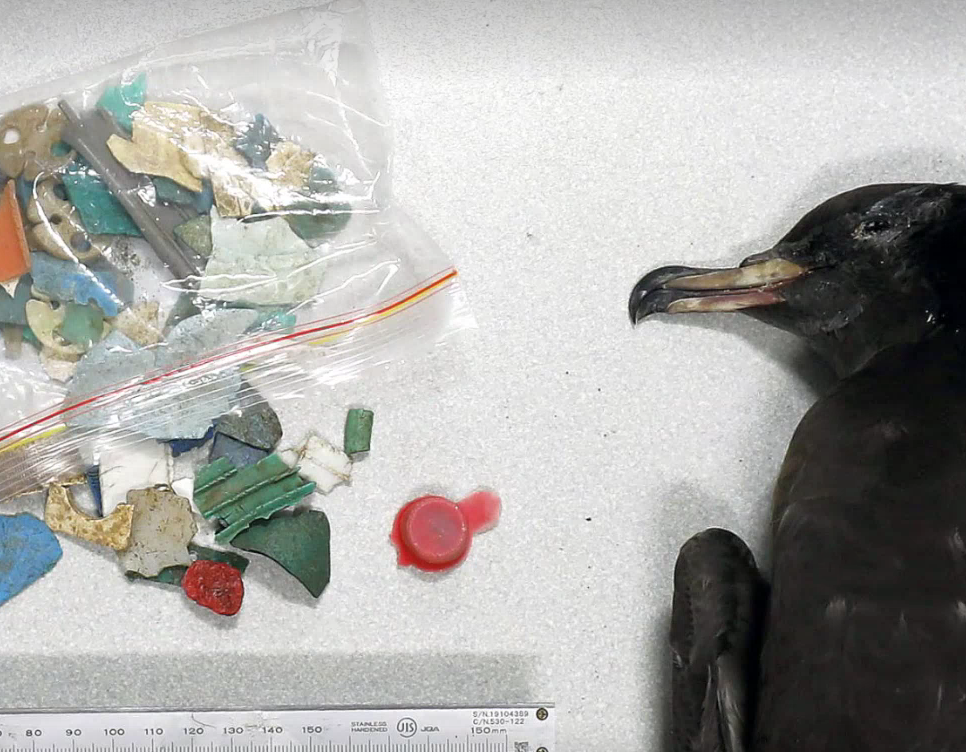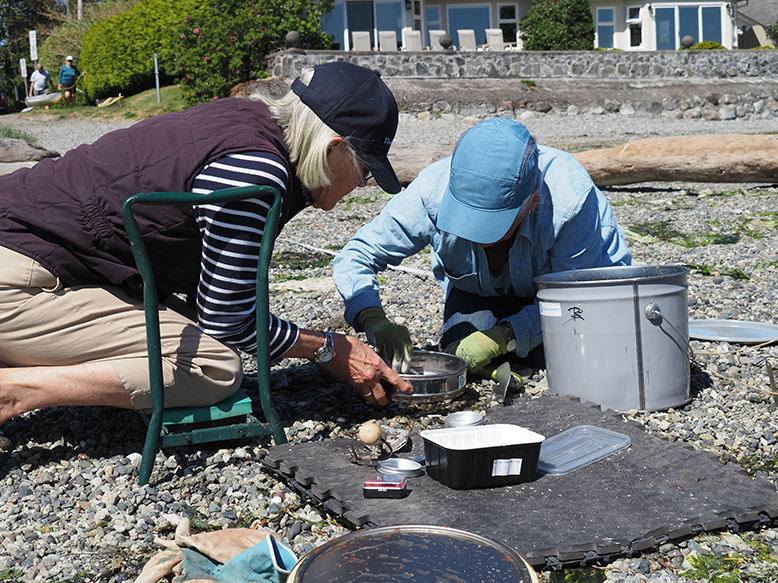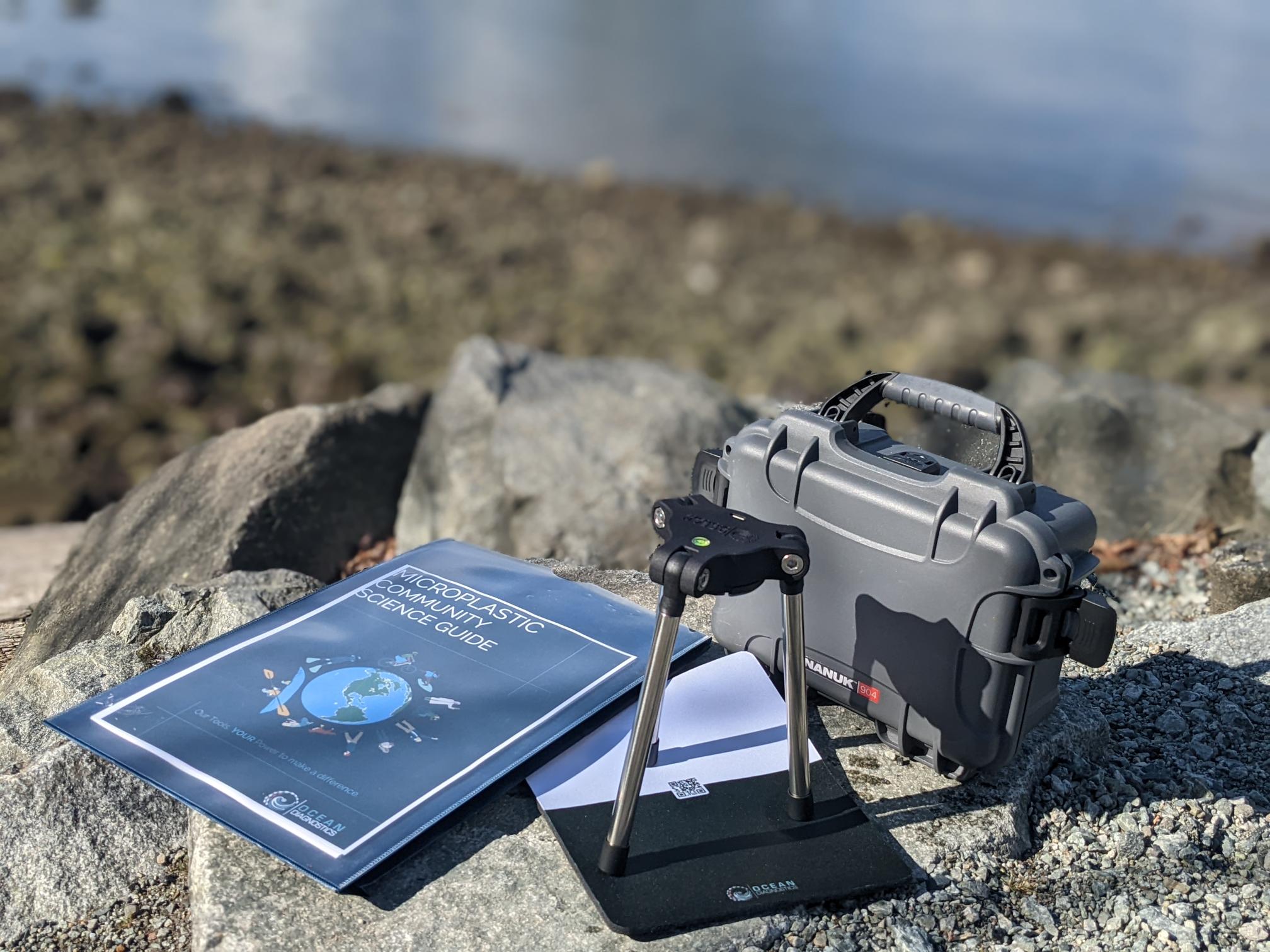Dream of Escaping the plastics lab?
Your wish is our command.
It’s no sorcery. Saturna’s standardized imaging technology automatically measures and categorizes visible plastics data in seconds. Saturna delivers a robust set of size, colour and shape metrics for every particle imaged, saving you time and reducing human error, all without having to learn new software.
Some call it wizardry.
We call it SATURNA.

So speedy and reliable, other labs will wonder how you did it.
Smart technology saves hours of time by leveraging AI-based learning.
Water, sand, stomach samples, oh my! Saturna brews standardized data no matter your sample environment.
Rapid, Standardized and Smart.
Must be magic.
Saturna's AI-based imaging technology automatically collects 13 distinct size, colour and categorical metrics for visible microplastic samples (>400μm) like those collected from manta trawls, Neuston nets, beach quadrat samples, ingestion and community studies.
HOW IT WORKS
- Isolate particles larger than 400μm using common collection protocols (e.g. net tows, community-based beach quadrat surveys)
- Place collected particles on included background sheet beside our standardized QR code sizing reference
- Place Saturna and included light-blocking shroud over top of the particles to block out external light
- Collect a standardized particle image through the standalone web analysis application (included with Saturna)
- Receive real-time sample image with size analysis and colour mapping created with proprietary image analysis software developed in-house
- Level of classification: proprietary analysis algorithms analyze visible microplastic particles (>400µm) for physical characteristics, including 13 size and colour metrics
FEATURES
- Highly standardized built-in LED lighting system provides consistent and reproducible lighting for your microplastic samples
- Compatible with any Windows PC and operated using our standalone analysis application
- Provides physical size and colour data for all microplastic particles imaged
- Computer pattern recognition and sizing algorithms calculate 13 discrete size calculations for every particle
- Predictive colour models calculate repeatable and standardized average colour calculations for each particle
SMART TECHNOLOGY
-
Saturna's standalone web analysis application rapidly calculates 13 size, shape and colour parameters for every particle imaged. Application features include the following:
- On or offline use with Chrome Apps
- Persistent user configuration settings
- Region of Interest (ROI) selection
- Particle size threshold filtering
- Data references for each parameter
- Histograms for each parameter
- Meta data tagging
- Sortable data tables
- Download data to .CSV file in one click
- Upgraded analysis documentation
The application is only compatible with the Saturna Imaging System.
- The data below is provided for every particle imaged:
- Maximum Width (mm)
- 2D Surface Area (mm2)
- Convex Surface Area (mm2)
- Perimeter (mm)
- Convex Perimeter (mm)
- Circular Equivalent Diameter (CED)
- Bounding Box Width (mm)
- Bounding Box Height (mm)
- Aspect Ratio
- Circularity
- Solidity
- Average HSV Colour Value
- Average BGR Colour Value
SPECIFICATIONS
- Use to collect high quality physical data for visible particles larger than 400μm in size
- Integrated 8MP Sony IMX179 CMOS Imaging sensor provides high resolution data
- Integrated ~4000k neutral white LED array and light-blocking shroud provide highly standardized microplastics images with consistent lighting for comparative size and colour analysis across time, location and external lighting conditions
- Included QR Code background sheet provides accurate particle sizing reference for physical analysis computer vision algorithms
- Use Saturna through our standalone application with any Windows PC
- Waterproof hard case included for easy transport into the field (26cm x 20cm x 12cm)
SYSTEM REQUIREMENTS
- Desktop or laptop with USB type A port
- Windows 10 operating system
- Broadband internet connection
Case Studies
Projects enchanted by Saturna

Saturna Processes Contents from Over 500 Seabird Stomachs
In 2023, researchers at the University of Tasmania used Saturna to study plastics found within the stomachs of two shearwater species and four different beaches. Thousands of plastics from over 500 shearwater stomachs were processed using Saturna.

Community Scientists Use Saturna to Find Local Plastic Pollution Sources

Saturna Used In Prince Rupert Community Science Microplastics Study
Testimonial
Testimonial
"I never imagined there could be something like this that would make life easier for researchers.”
Fernanda Landim
Masters Student, University of Tasmania
“From a scientific perspective, Saturna helps give us so much information – it helps standardize. We can easily click through images and identify items in the seabirds, which is important for policy.”
Dr. Peter Puskic
University of Tasmania


